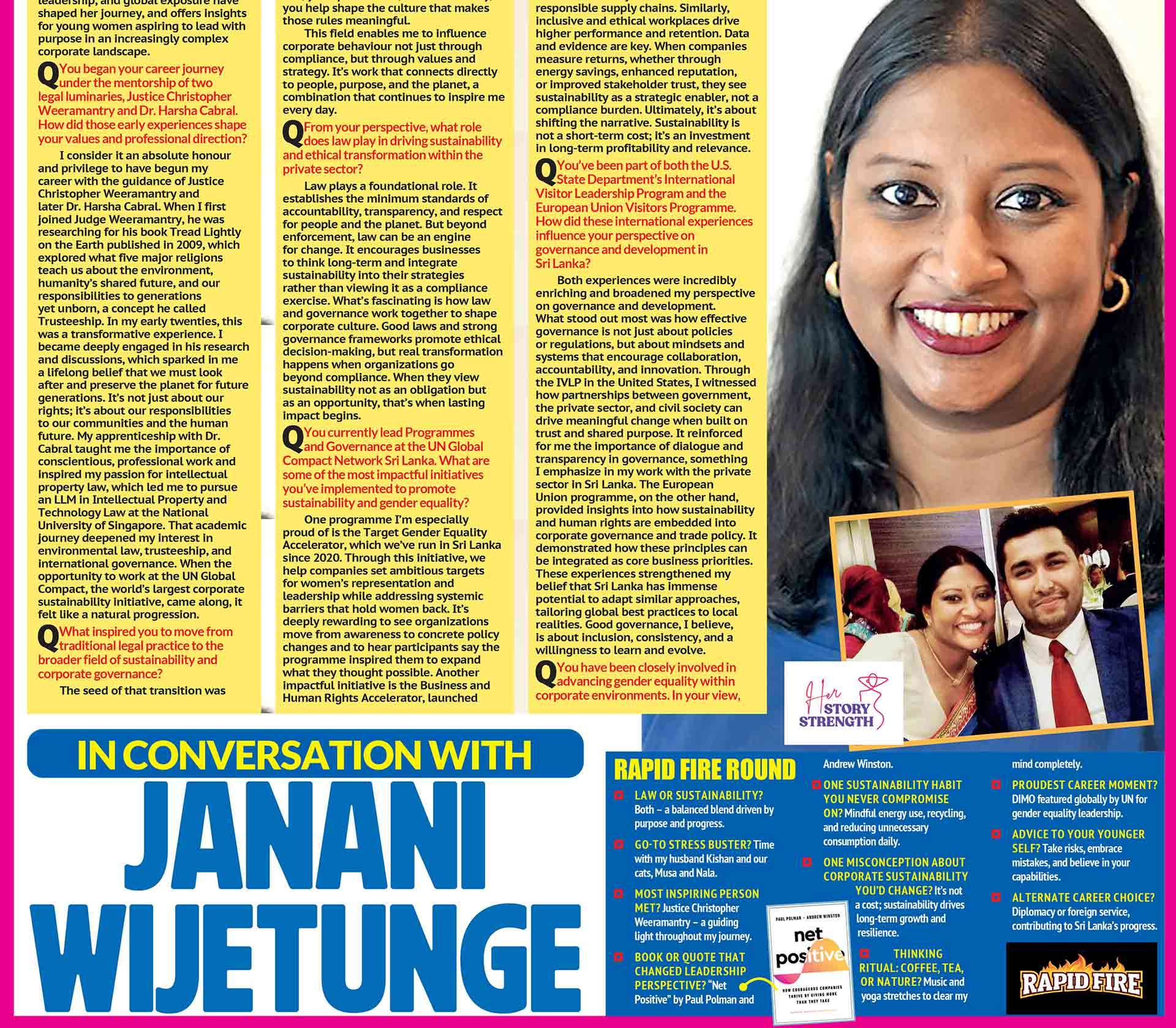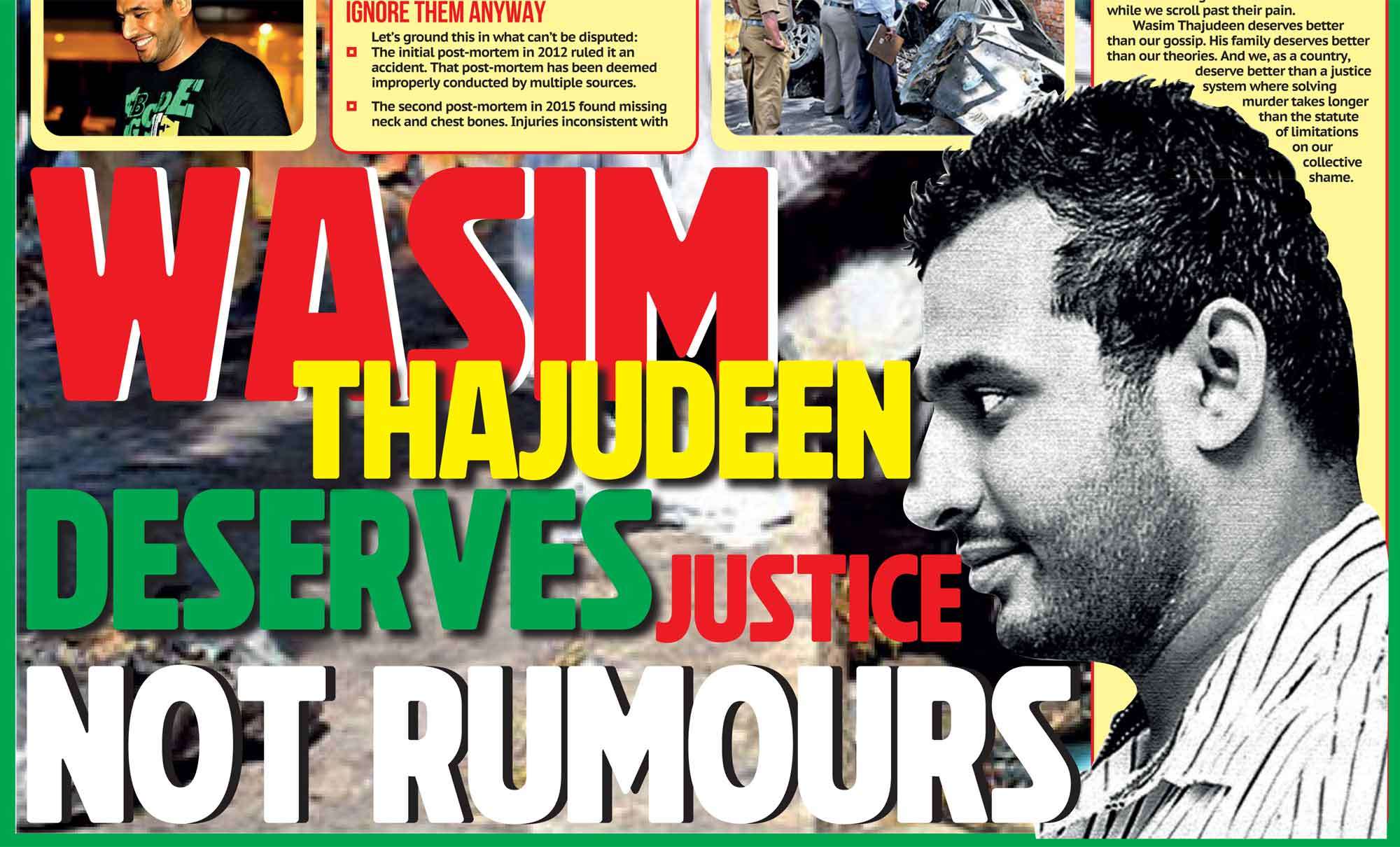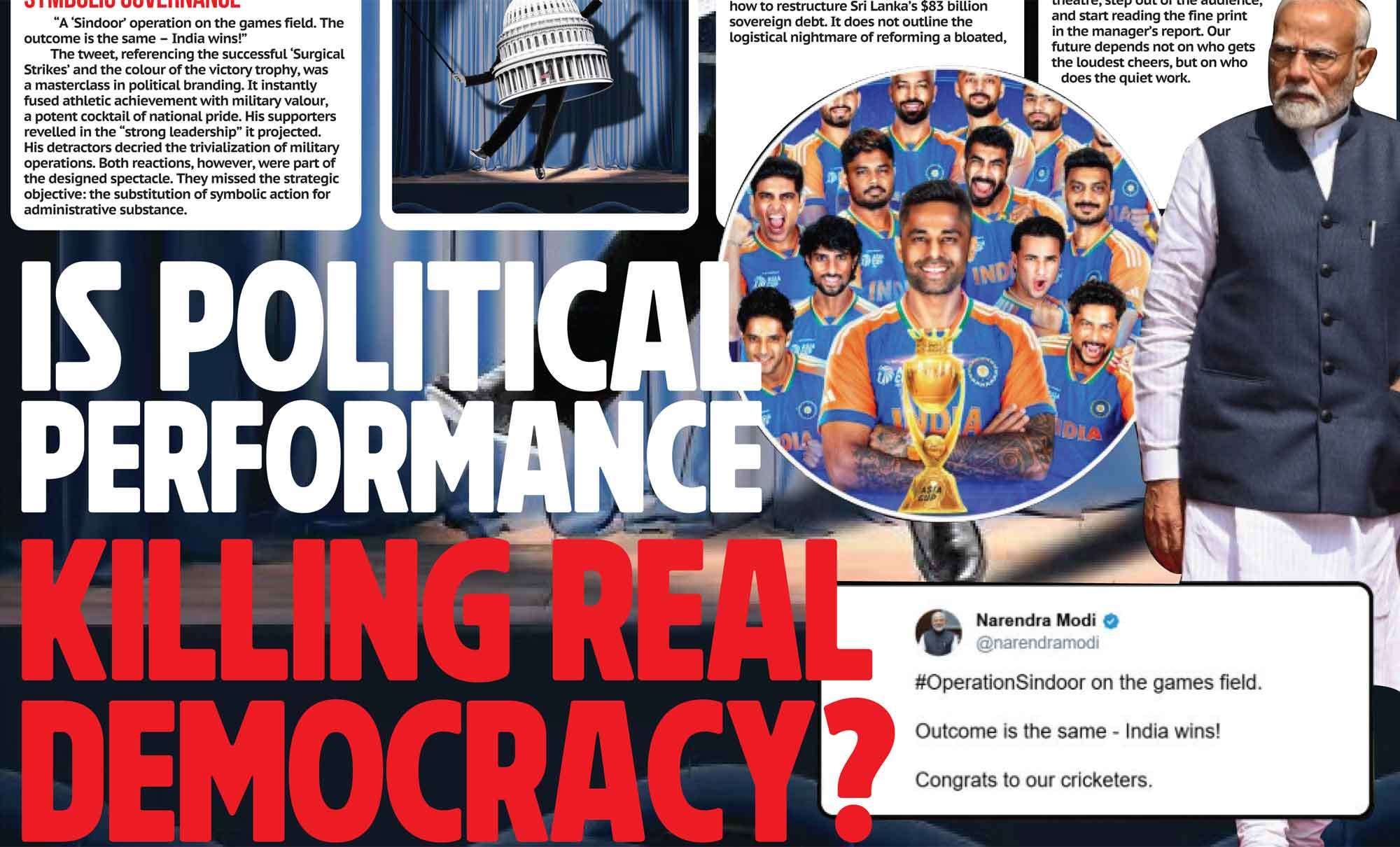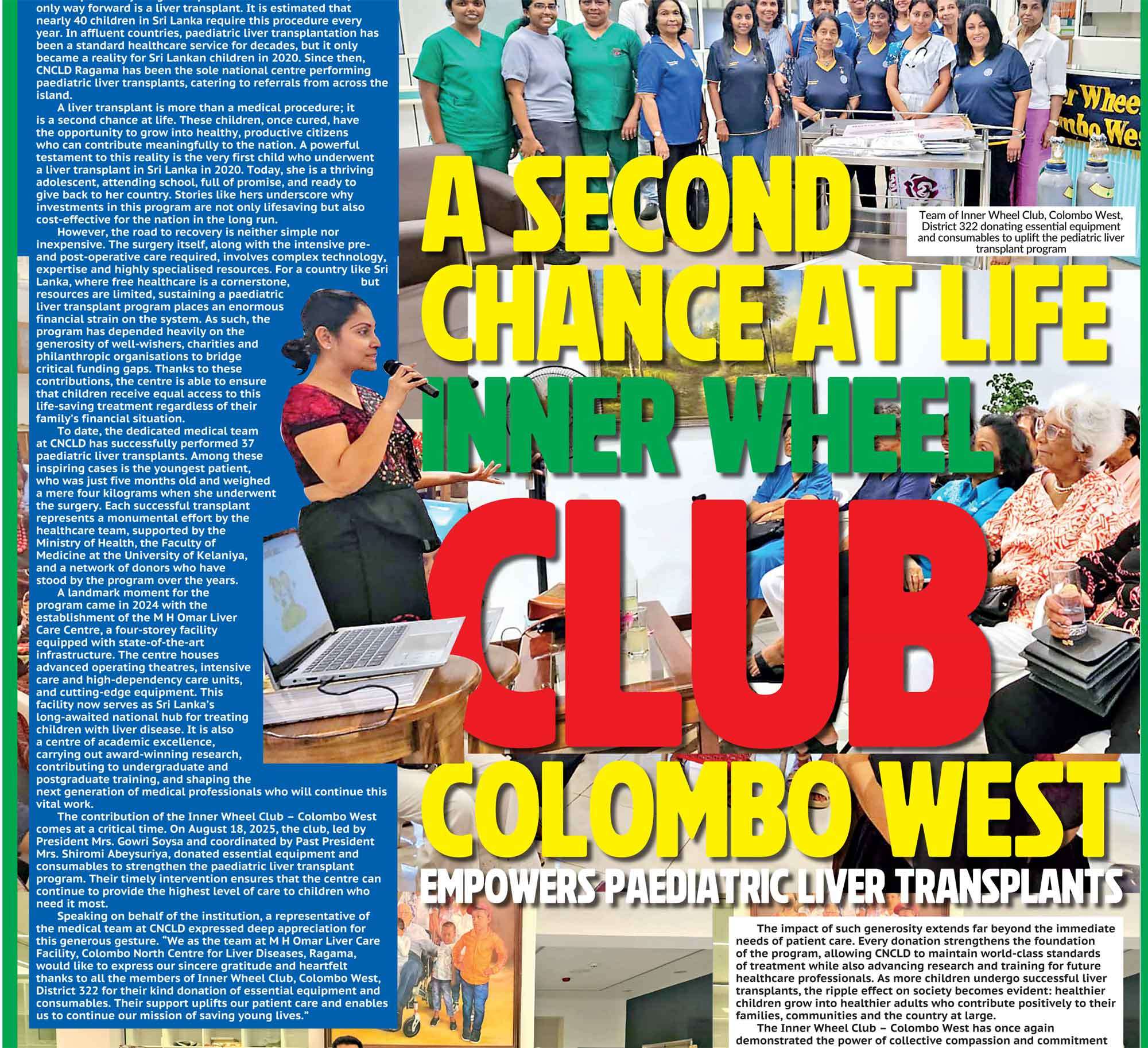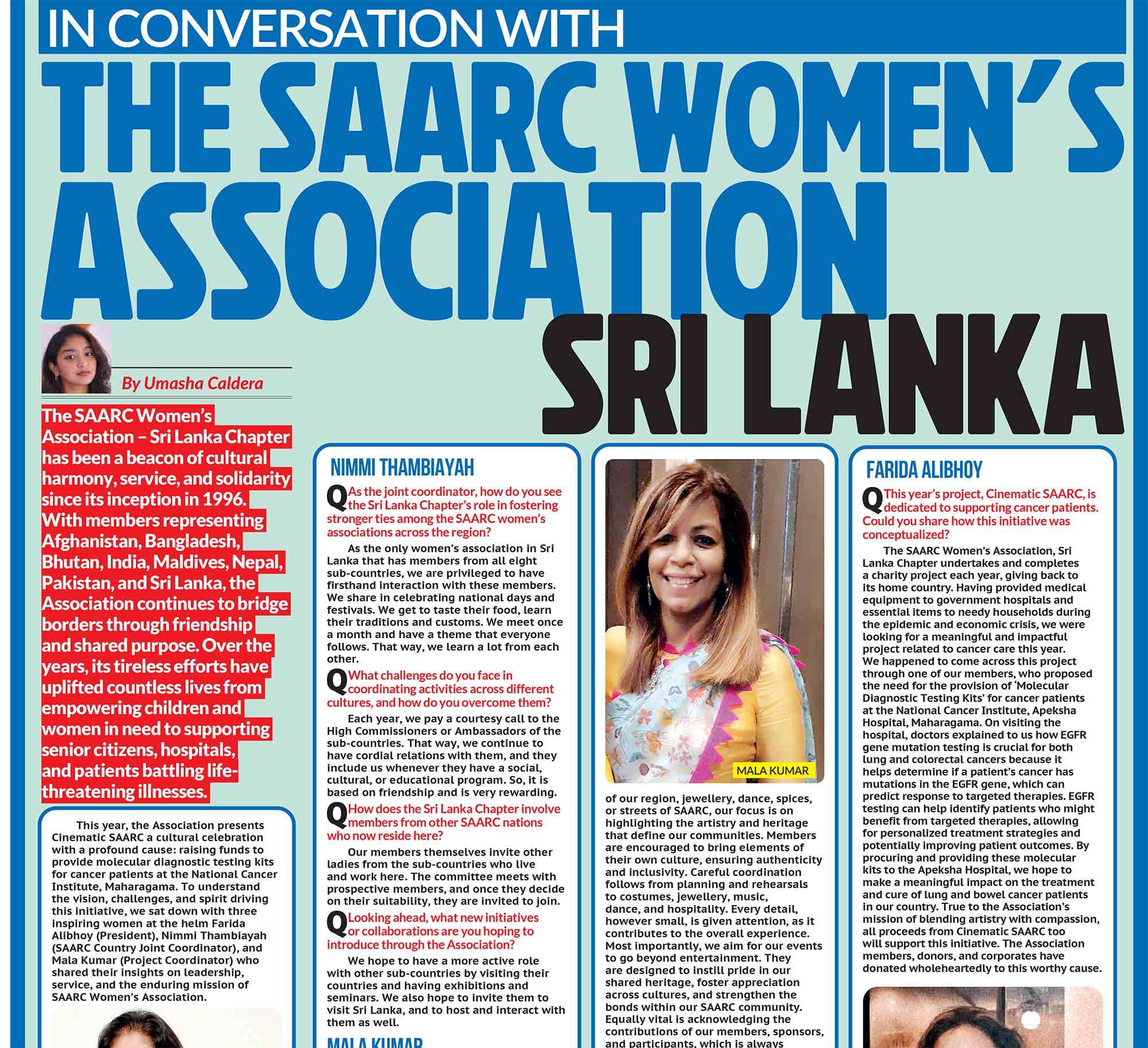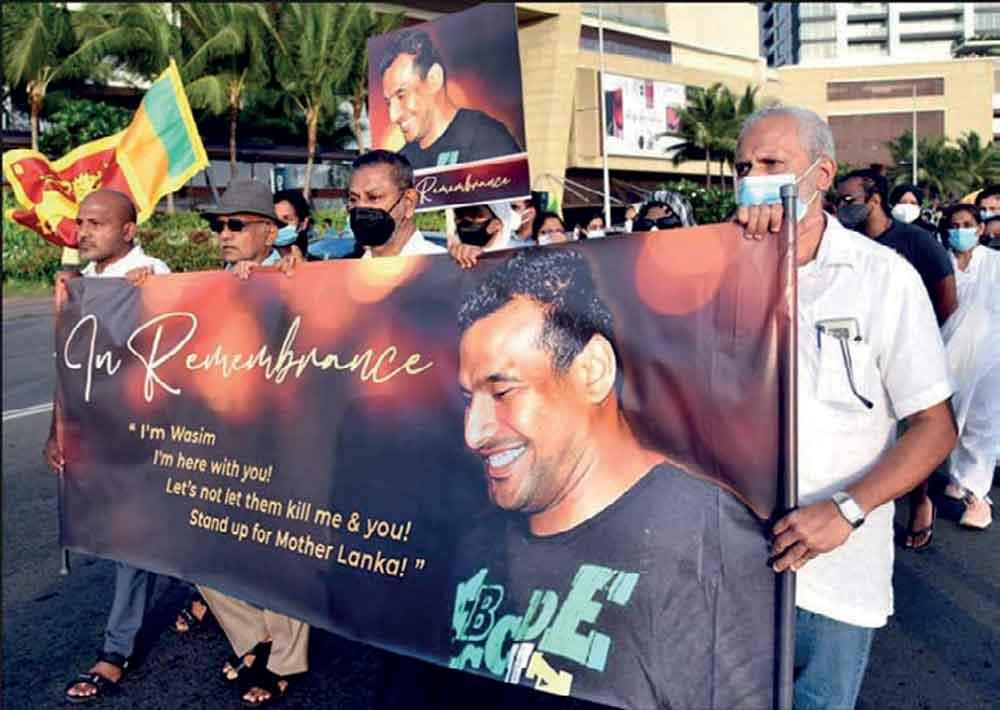

On May 17, 2012, 27-year-old rugby player Wasim Thajudeen was found dead in his burning car near Shalika Grounds in Colombo. The initial story? Car accident. Case closed. Move along. Except his body told a different story. Broken bones. Burn patterns inconsistent with a vehicle fire. Injuries that didn’t match any crash. And when his body was finally exhumed in 2015, three years after we buried him, the second post-mortem by Dr. Ajith Tennakoon revealed something chilling: missing bones from his neck and chest. Fractures. Torture marks.
This wasn’t an accident. This was murder. Calculated, brutal, and covered up.
It’s now October 2025. Thirteen years later. And we’re still here, sifting through the same dirt, because apparently solving politically inconvenient murders takes longer than building entire highways in this country. But you know what we’ve gotten really good at? Gossip.
The Woman We Can’t Stop Talking About
Every dinner table conversation, every WhatsApp group, every self-appointed investigator on social media has their version: Wasim was killed over a woman. Maybe he insulted someone powerful. Maybe there was a love triangle. Maybe someone’s ego got bruised.
The details shift depending on who’s telling it, but the core narrative remains: this was about sex, jealousy, and personal drama. Because that’s easier to digest than the alternative; that a young man was tortured and murdered by organized criminal networks operating under political protection, and that everyone who could have stopped it chose not to.
Here’s what that narrative does: It reduces Wasim Thajudeen to a cautionary tale about “getting involved with the wrong people.” It turns his family’s grief into entertainment. And most importantly, it protects the actual killers by making murder look like soap opera instead of state-enabled violence.
So let’s talk about what we actually know.
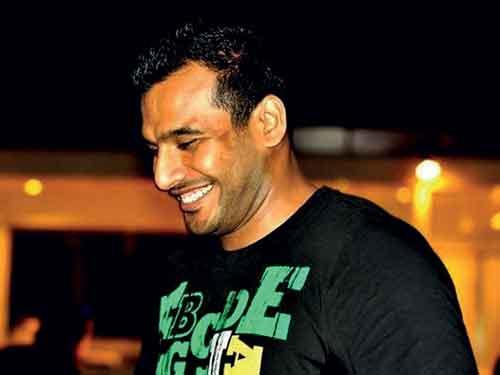
What Happened on October 4, 2025
Fresh investigations have been launched. Not because someone found a love letter or uncovered romantic texts. Because of Sampath Manamperi, an SLPP local politician currently detained under a 90-day order for his alleged role in a drug manufacturing operation involving chemicals used to produce ICE.
During interrogation, Manamperi apparently said things that opened “new avenues” in the Thajudeen case. What things? We don’t know yet. The details are, as always, behind those convenient closed doors. But here’s what we do know: The investigation now centers on Aruna “Kajja” Vidanagamage, a known underworld figure. In late September 2025, the CID revealed that a vehicle was seen tailing Thajudeen’s car on the night he died.
Kajja’s widow identified the person in that CCTV footage as her late husband, claiming she recognized him by a distinctive posture, hands on hips due to hip pain. Convenient timing, though: Kajja was shot dead in Middeniya earlier this year. Along with his children. So, he won’t be answering any uncomfortable questions about who gave the orders, who he was working for, or what Wasim Thajudeen did to deserve torture and murder.
Dead men tell no tales. But apparently, they can still be blamed.
The Son Who Disagrees
Here’s where it gets messy. Kajja’s 16-year-old son publicly stated that his father had nothing to do with Thajudeen’s death. When shown the CCTV footage by the CID, he said he couldn’t recognize his father. The person in the video was drinking beer, he claimed, and his father didn’t drink.
More importantly, he alleged that his mother, the widow now identifying Kajja in the footage, was living in Dubai at the time of Thajudeen’s death and had been having an affair with someone named Sampath Ramanayake, his father’s driver. He suspects the identification might be influenced by personal animosity or other motives.
The widow disputes her son’s account. Strongly.
So, we have a family torn apart, contradicting each other in public, with one parent dead and unable to defend himself. And somewhere in this mess, the truth about what happened to Wasim Thajudeen is supposed to emerge.
This is what justice looks like in Sri Lanka: fragmented, contradictory, happening in media briefings instead of courtrooms.
The Forensics Don’t Lie, But We Ignore Them Anyway
Let’s ground this in what can’t be disputed:
- The initial post-mortem in 2012 ruled it an accident. That post-mortem has been deemed improperly conducted by multiple sources.
- The second post-mortem in 2015 found missing neck and chest bones. Injuries inconsistent with any vehicle crash. Evidence of assault.
- CCTV footage exists but is reportedly low quality.
- The magistrate recently noted that progress on finding evidence; laptops, phones, satellite imagery has been lacking.
Translation? We have a body that screams murder, investigations that move like molasses, and evidence that conveniently disappeared or was never properly collected in the first place.
And yet, the dominant public narrative isn’t about the forensics. It’s about the alleged woman. It’s not about missing bones; it’s about missing morals. We’d rather speculate about bedroom politics than ask why evidence went missing, why the initial investigation was botched, or who benefits from keeping this case unsolved.
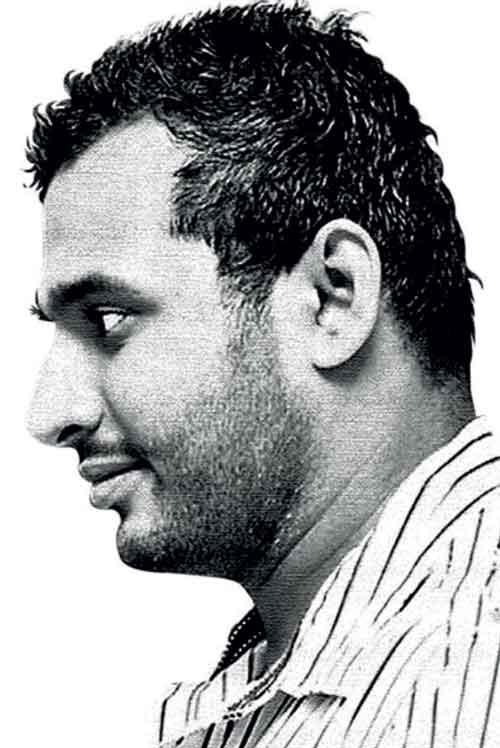
The Political Circus
On October 1, 2025, Namal Rajapaksa publicly criticized the CID, calling the investigation “politically driven” and questioning the widow’s identification based on posture from grainy footage. He accused the state of fabricating evidence and using media disclosures instead of proper legal process.
Whether you believe him or not isn’t the point. The point is that politicians are already responding, which means this case threatens someone. Either it’s being used for political leverage, or it’s getting close to exposing something powerful people want buried.
Either way, Wasim Thajudeen’s murder has become a political game of rugby. And his family? They’re just spectators watching everyone else play with their grief.
The Pattern We Refuse to See
This isn’t new. Several other murder cases of prominent figures in Sri Lanka follows the same script: horrific crime, clear evidence of planning, investigations that stall, and eventually, national amnesia. We light candles. We write tributes. We share posts. And then we move on.
Because real accountability would require us to ask who runs the underworld in this country, who protects them, and what happens to people who stand against them.
Multiple sources suggest Wasim Thajudeen was someone who opposed the very criminal networks now linked to his death. But we’d rather believe he died because of a jealous argument than face the reality that organized crime and political protection networks might have killed him for refusing to comply.
The “woman angle” isn’t just wrong, it’s a weapon. It allows us to avoid the uncomfortable truth that our systems are so broken, so corrupt, so compromised, that a young man can be tortured, burned, and buried with a fraudulent cause of death, and thirteen years later, we’re still nowhere.
What We’re Actually Doing
We’ve turned murder into content. Media outlets chase sensational headlines because “Rugby player killed in love triangle” performs better than “Systematic failure of justice system enables political-criminal nexus.” Social media influencers package grief into engagement metrics. And we, the audience, consume it like entertainment.
Wasim Thajudeen’s family has watched their son’s memory be dissected, gossiped about, and commodified for over a decade. Every exhumation, every investigation, every media leak reminds them that their pain is public property.
And what have we given them in return? Rumors. Theories. Clicks.
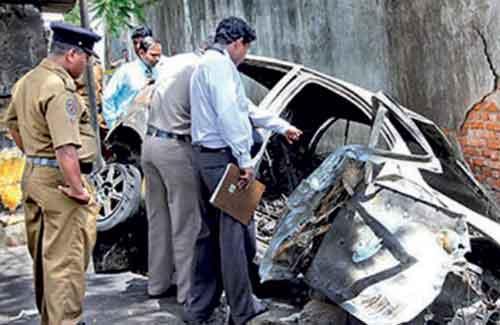
What Justice Actually Requires
Not more gossip. Not more speculation. Not more sensational headlines about alleged love triangles.
What we need:
Transparent investigation. Every piece of evidence should be publicly documented. Every delay should be explained. Every transfer, suspension, or disappearance of key investigators should be questioned.
Accountability for the cover-up. Multiple people have already been indicted for concealing evidence; including former OIC Sumith Perera, ex-SDIG Anura Senanayake, and ex-Chief Judicial Medical Officer Professor Ananda Samarasekara. Why aren’t these cases moving faster?
Protection for witnesses. If Kajja’s son and widow are contradicting each other publicly, imagine what’s happening to other potential witnesses behind closed doors. People who might know something are either dead, intimidated, or smart enough to stay silent.
Media responsibility. Stop reducing murder to melodrama. Report the facts. Push for transparency. And for once, prioritize truth over traffic.
The Door We Keep Locked
In this case, everything is behind closed doors: court documents, witness testimonies, forensic reports, the full story of what happened on May 17, 2012.
And we’ve been content to stay on the other side, entertained by the keyhole view we’re given, never demanding that someone actually kick the door open.
Thirteen years ago, Wasim Thajudeen was 27. His body showed signs of torture. His bones were missing. His car was set on fire. And someone, somewhere, gave the order or turned a blind eye or actively covered it up.
Thirteen years later, we’re still gossiping about the wrong story.
This isn’t about a woman. This isn’t about a love triangle. This isn’t about personal drama.
This is about a broken system that protects killers, silences opponents, and turns families’ grief into entertainment while we scroll past their pain.
Wasim Thajudeen deserves better than our gossip. His family deserves better than our theories. And we, as a country, deserve better than a justice system where solving murder takes longer than the statute of limitations on our collective shame.




